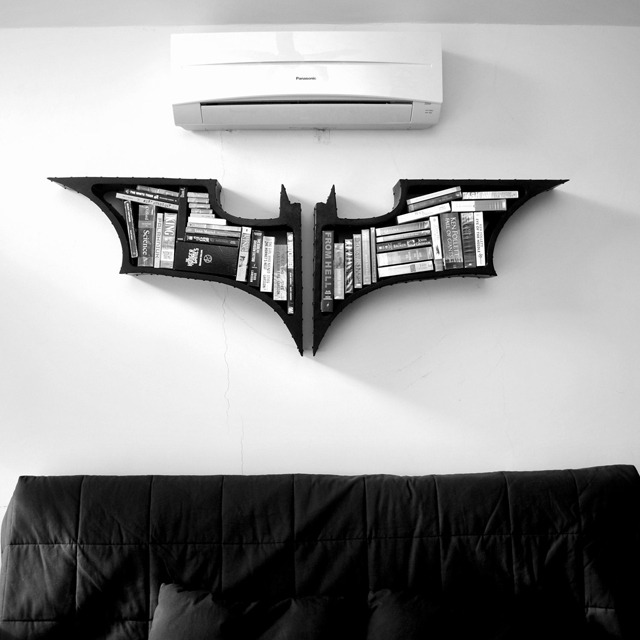On a very rainy day last spring, a few kids from Yesler Community Center boisterously piled into a Honda Civic on their way to see a little movie that had just come out, which you may have heard of, called The Avengers. This was our first ever field trip reward for our after school homework help program, and in pretty much every measurable way, it was a failure. Kid there without permission slip; permission slip there without kid; no kid, no permission slip; you name it. As a result, we ended up with about half of our projected attendance. Keyword here: (F)ailure.
Now, if you’ve read The Big-Brained Superheroes Club Origins: Part 1 of X, you may have a sense of where this whole thing is going. This post is essentially a prequel to that one (We’ll leave it up to you to decide whether this prequel is more Christopher Nolan or George Lucas). In short, if we were purely STEM (Science, Technology, Engineering, Mathematics) and data-driven decision-making were our only guiding star, The Big-Brained Superheroes Club would likely not exist today.
Upon return from the failed field trip, the attendees were all quiet…for a change. One of our 11 year-old boys didn’t have time to discuss it because he simply had to “go write a poem”. And when we asked a round-faced, supremely stoic young girl covered in Hijab who was her favorite Avenger, she smiled broadly with her eyes: “Captain America”.  “Captain America?” Really? Not Black Widow who had the brass to say, “Maybe it’s not about guns,” in a superhero movie!? Not the scintillating scene-stealer Iron Man? But, rather, the conventionally wooden throwback to the 40s whose most exotic feature was his spangly outfit? That guy? We had to get to the bottom of this. And get to the bottom of it we did when we embarked on our mission to determine what made Captain America cool. It was from that mission that the basis of The Big-Brained Superheroes Club was formed.
“Captain America?” Really? Not Black Widow who had the brass to say, “Maybe it’s not about guns,” in a superhero movie!? Not the scintillating scene-stealer Iron Man? But, rather, the conventionally wooden throwback to the 40s whose most exotic feature was his spangly outfit? That guy? We had to get to the bottom of this. And get to the bottom of it we did when we embarked on our mission to determine what made Captain America cool. It was from that mission that the basis of The Big-Brained Superheroes Club was formed.
We can argue all day about what constitutes scientific vs. artistic thinking. In truth, we see a lot of overlap ourselves. But words require meaning, and in the language of superpowers, we rely pretty heavily on Critical Thinking to be our pathway into scientific thinking. Data, math, logic…all of these tools are absolutely necessary for us to analyze, to communicate, to determine. However, for us, these tools are by no means sufficient. Without our pathways into what we currently consider artistic thinking—our Creativity and Sense of Adventure superpowers—we come up short. All of our carefully discerned patterns would never develop into themes. So, just like Albert Einstein, we big-brained superheroes need our (A)rt. STEAM is the word.





